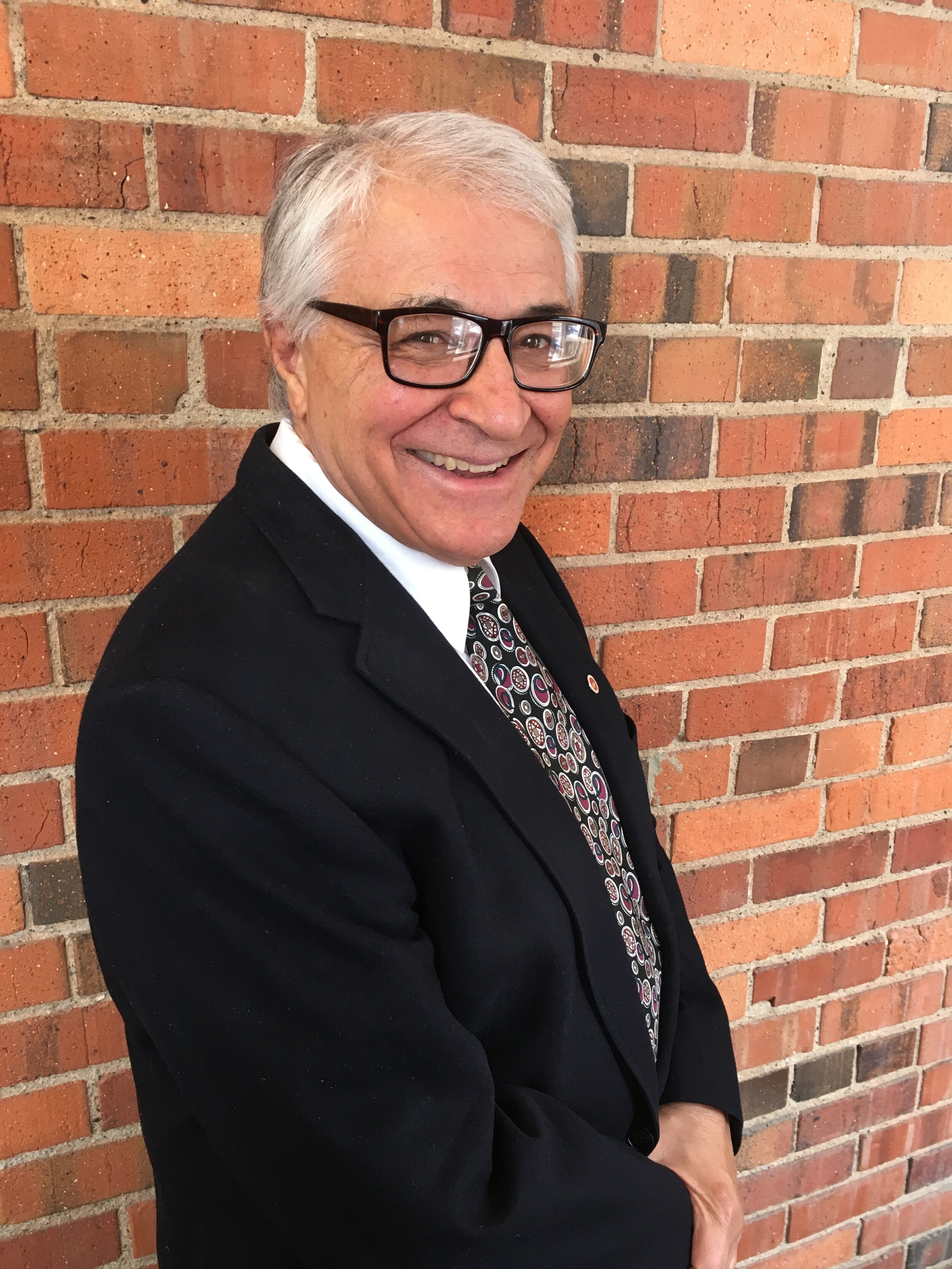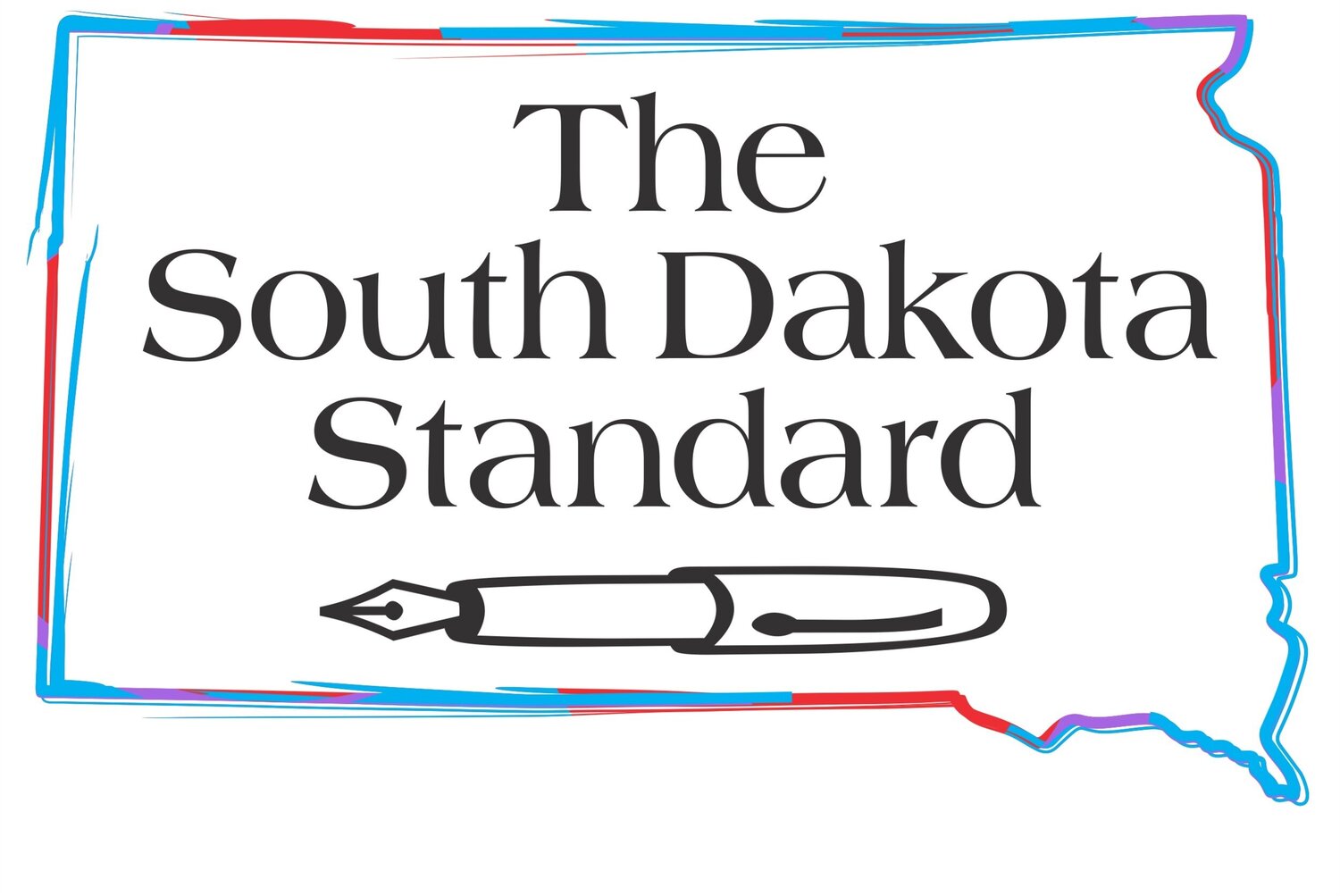The quality of the water in our South Dakota waterways gets an F. There seem to be no signs of improvement
I grew up in Vermillion. As a boy, I boated and swam in the rivers and the fish we caught were still edible. I have spent many-an-hour on the Missouri, Vermillion, Big Sioux and James rivers.
Today, we stay away from their polluted waters. I shot photos this summer of cattle making themselves at home in Lake Alvin, only a few hundred yards from the beach where we expect our children to be able to safely swim.
I am greatly saddened at the deterioration of our waterways during my lifetime. A recent surface water quality report from the South Dakota Department of Agriculture and Natural Resources states 80% of our rivers, streams and lakes that were tested are too polluted for at least one of their intended uses.
Again — 80%.
The biggest culprit in this degradation has been agriculture. We all want South Dakota farmers to flourish, but I find it hard to believe that South Dakota farmers are not as concerned about this as everyone else. I strongly believe that with major citizen and legislative support, they are the only ones who can fix it.
And the fix isn’t that hard, as proven by our neighbors in Iowa and Minnesota. Five years ago, Minnesota mandated its farmers install riparian buffers along all their waterways, 50 feet on each side, 12 feet for ditches.
Such buffer zones not only filter out 80% of the agricultural runoff, which is still getting into South Dakota rivers and streams, they also provide new habitat for wildlife.
Not only do farmers need to install these natural buffers, they need to be more responsible about keeping their livestock OUT of our streams and lakes. I shot photos this summer of cattle making themselves at home in Lake Alvin, only a few hundred yards from the beach where we expect our children to be able to safely swim.
I also saw cattle in a nearby creek that feeds the Big Sioux River. This same scene is occurring in many creeks that feed into our larger rivers and lakes.
We know now that the Big Sioux River has become a cesspool that none of us would, or should, venture into. This is just wrong.
South Dakota has the Riparian Buffer Initiative in effect. Yes, a farmer may lose some productive land and there is a cost involved in planting the zone, but the Initiative gives substantial tax relief to offset those costs. Why have only a seeming handful of farmers taken advantage of it? How can any of us justify the continued degradation of our water?
I don’t get it. In only the five years since Minnesota mandated its program, they can clearly see positive results. And Iowa’s Farm Bureau says Iowa is ranked #1 in buffer strips. Iowa does not even have a law requiring it!
We shouldn’t expect farmers to do this alone at their sole expense. Citizens and the South Dakota Legislature should fund these efforts with tax dollars, partnering with farmers to make this happen, and as soon as possible! A Republican legislator recently told Change Agents “it’s just not in the budget.”
C’mon, South Dakota, let’s all get with it! Our grandchildren deserve the same clean water that we once had.
Jon Beringer, a Vermillion native now retired in Sioux Falls, had a lengthy career in broadcast and print journalism, public relations and social services. This essay first appeared on the Change Agents of South Dakota website.
Photo: Cows in Lake Alvin on July 25. Photo by Jon Beringer







